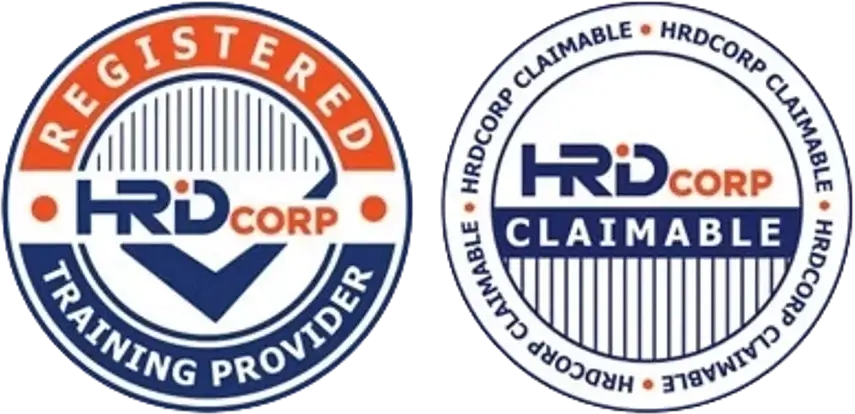Are You Making These Common Mistakes in Your HACCP Documentation?
HACCP documentation is a critical part of any food safety system. Without clear, accurate, and complete records, even the best HACCP plans can fail during audits or real-life incidents. Whether you’re a food manufacturer, processor, or distributor, avoiding common documentation errors is key to HACCP compliance and regulatory approval.

Why Documentation Is Essential in HACCP
-
Provides proof that your food safety system is implemented correctly
-
Supports traceability and recall procedures
-
Required for audits, regulatory inspections, and customer assurance
-
Ensures consistent training and operations
-
Demonstrates due diligence in case of food safety issues
Common Mistakes Found in HACCP Documentation
1. Missing or Outdated Hazard Analyses
-
No documentation of current hazards for each raw material and process step
-
Outdated hazard analysis that doesn’t reflect product or process changes
-
Missing evaluation of likelihood and severity of identified hazards
2. Poorly Defined Critical Control Points (CCPs)
-
CCPs not clearly documented or justified
-
No clear decision tree used for CCP identification
-
Incomplete CCP descriptions in the HACCP plan
3. Undefined or Incorrect Critical Limits
-
Critical limits not scientifically validated
-
Vague limits like “high” or “cold” instead of measurable values (e.g. °C)
-
Missing documentation showing rationale behind critical limits
4. Incomplete Monitoring Records
-
Missing daily monitoring logs or incomplete entries
-
No indication of who performed the monitoring
-
Monitoring data not recorded in real-time or falsified after the fact
5. Weak Corrective Action Documentation
-
No clear corrective action plan documented for each CCP deviation
-
Missing root cause analysis for repeated issues
-
Failure to record actual corrective actions taken during incidents
6. No Verification or Validation Records
-
No evidence of CCP validation (e.g. lab reports, thermal studies)
-
No verification activities like internal audits, reviews, or equipment calibration
-
Verification results not documented or analyzed
7. Lack of Version Control
-
Multiple versions of HACCP documents in circulation
-
No version history or document approval records
-
Employees using outdated SOPs or checklists
8. Inconsistent Recordkeeping Practices
-
Different departments using different templates or formats
-
Handwritten records that are illegible or altered
-
Missing signatures, dates, or times on critical logs
9. Poor Training Records
-
No documentation of HACCP training for team members
-
Outdated training records not aligned with current plan
-
Untrained staff completing monitoring or verification tasks
10. Failure to Store Documents Properly
-
Records lost due to poor storage or digital file mismanagement
-
No backup system for critical food safety records
-
Failure to meet regulatory retention periods (e.g. 2–5 years)
How to Improve Your HACCP Documentation
-
Use standardized forms for all HACCP records
-
Train your team on accurate, real-time recordkeeping
-
Review and update HACCP documentation annually or after changes
-
Perform internal audits specifically focused on documentation practices
-
Digitize your HACCP system for easier tracking, storage, and retrieval

Let CAYS Scientific Help You Fix and Strengthen Your HACCP Records
At CAYS Scientific, we offer:
✅ HACCP documentation review and gap assessment
✅ Customized HACCP templates and log sheets
✅ On-site or online training in HACCP recordkeeping
✅ Audit preparation support for ISO, GMP, and regulatory inspections
📞 Contact CAYS Scientific today to ensure your HACCP documentation passes every audit—and protects your business from costly mistakes.


